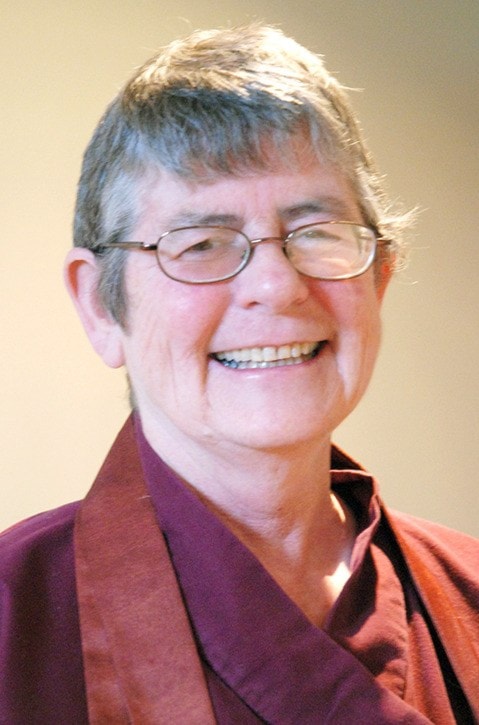Thirteenth century Zen Master Dogen, in his essay, “Mountain and Rivers Sutra”, wrote, “Know that eastern mountains’ travel on water expresses the bones and marrow of the Buddha ancestors. All waters appear at the foot of the eastern mountains. Accordingly, all mountains ride on clouds and walk in the sky. All mountains are the tops of the heads of all waters. Walking beyond and walking within are both done on water. All mountains walk with their toes on water and make them splash. Thus, in walking there are seven vertical paths and eight horizontal paths. This is practice realization.”
These words come in the middle part of Dogen’s essay. This idea of mountains walking on water is a poetic statement of the dualism that is at the heart of all life: it is form and emptiness, yin and yang, enlightenment and delusion, hot and cold, good and evil. Usually we see these conditions and phenomena as being in opposition to each other. But here, in Dogen’s essay, we have the mountains and waters travelling together.
If you truly look at mountains, it is easy to see that Dogen speaks the truth. Snow melts from mountaintops so creeks flow down the mountains in twists and turns that are both horizontal and vertical. When Dogen lived in China and when he settled in Japan, he lived in monasteries that were built high up the side of a mountain so he observed mountains closely. He saw that, in a sense, the mountains really are walking on streams, really are travelling on water. He saw that water collects into lakes at the foot of the mountain, and that the mountains sometimes ride above the clouds and walk in the sky. Living where we do, we have all had the experience of being high up on Kootenay Pass and looking down on the clouds.
When I lived in Japan I visited Eiheiji, the monastery where Dogen lived. I was high up the mountain overlooking the Sea of Japan on a day when the clouds had gathered below the temple. As I looked down on the clouds, I understood why Dogen said that mountains ride the clouds and walk the sky. They do.
In the last part of this quote, Dogen says all mountains walk with their toes on water and make them splash. Here Dogen is seeing and delighting in his realization that there is playfulness in mountains; that spiritual quest can be, at times, like a child splashing her toes in water.
For Dogen, Zen practice and realization, which is life itself, doesn’t divide reality into good and evil, right and wrong, black and white. Are lives are like mountains flying in the clouds. Our lives are mountains combining with water and walking beyond dualism, recognizing the oneness of all phenomena, and neither rejecting nor grasping any one aspect of it.
Suggested practice: When you get stuck in one view of reality, consider how your view is connected to all other views.
Kuya Minogue is the resident teacher at Sakura-ji, Creston’s zendo. This column is part of a long essay on an essay by 13th century Zen master Eihei Dogen and is inspired by the teaching of Norman Fischer. For more information, Minogue can be reached at 250-428-6500, and previous columns are available at www.zenwords.net.
